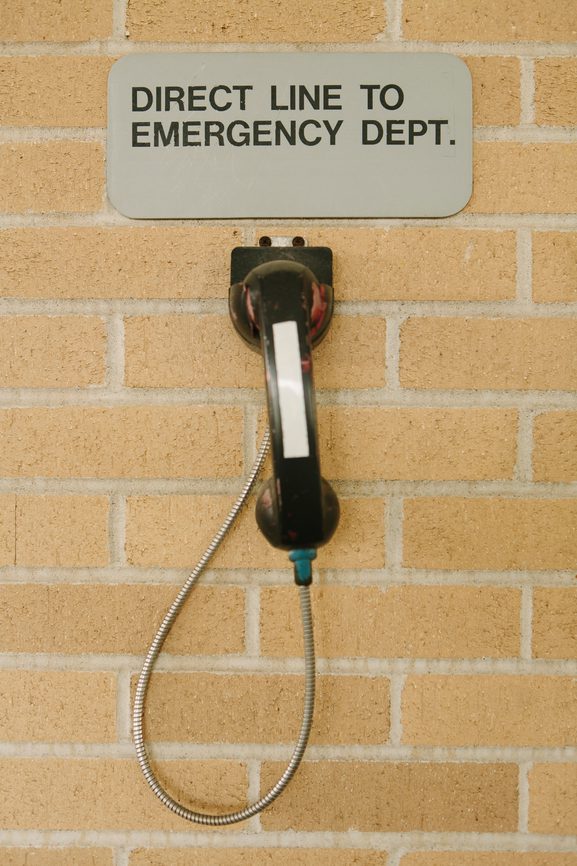
Face it, there’s always the possibility that your project will encounter a problem. A key vendor may be late in delivering a key piece of equipment, or your craft labor supplier may get tied up on another job, setting your activity timeline back unexpectedly. Achieving success in spite of the challenges isn’t so much about what sort of difficulties your team encounters—it’s about how you deal with those problems. Your response will either enable you to overcome the situation and continue driving the project to a timely completion, or it will cause you to fall behind, cut back on quality, or increase expenditures as you scramble to stay on track.
This is where the difference between crisis management and risk management comes into play. If you’re worried your team may not successfully overcome the next challenge, consider if they’re managing problems the right way, or if they’re spinning their wheels.
Recognize the crisis management approach
Crisis management has its roots in a lack of preparedness. Teams operating in crisis mode waste time reacting to problems. They must develop their response on the fly, leaving little leeway for good decision making. Valuable resources are spent—not just time, but also money—scrambling to resolve issues, often at the last minute. If a critical piece of machinery is delayed, for example, a team in crisis mode won’t have a contingency plan to fall back on. Instead, they’ll be forced to postpone activities in the project timeline or spend additional dollars to expedite shipping. They may even sacrifice quality to purchase an item with fewer features or less capacity.
As the delays stack up and resources are consumed faster than expected, later projects are pushed back and their budgets are sometimes depleted to fund the current mess. Once this cycle begins, it’s extremely difficult to break, and each future project begins at a greater deficit than the one before it.
Finally, the crisis management mindset eventually takes its toll on the project team. Employees run out of energy. Performance and morale begin to sag. Key team members might seek opportunities elsewhere, leaving the team with even fewer resources available.
How is risk management different?
Risk management allows the team to address the same sorts of project challenges, but PMs apply a proactive, rather than a reactive, approach. Potential risk areas are identified during the planning phase, and can range from workforce concerns to worries about inclement weather creating schedule conflicts. Other issues may include determining if chokepoints exist in the supply chain that could hinder the team’s ability to procure equipment or other materials, or if there’s a possibility that a lack of stakeholder enthusiasm could hinder the project.
Once the various risks are spelled out, each is then vetted to determine the likelihood it may actually come to pass. The team estimates the impacts any one risk could have on project activities, and how far downstream those impacts could travel. For each bona fide risk, PMs develop strategies to mitigate them. Contingency plans are created that can be quickly deployed, such as identifying backup vendors for mission-critical labor or materials. Contingency funding may also be earmarked to cover expenditures associated with these alternate solutions. This reduces the amount of time the team must spend requesting authorization for additional money, and also ensures the project doesn’t exceed its master budget.
By understanding how to pull away from crisis management and instead embrace a solid risk management approach to project planning and execution, organizations will be able to avoid the problems of continuously existing in crisis mode and benefit from a methodology that supports repeatable success.

